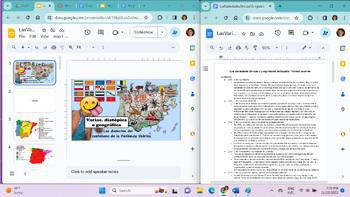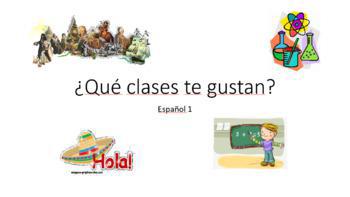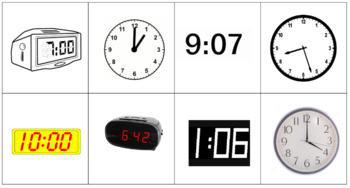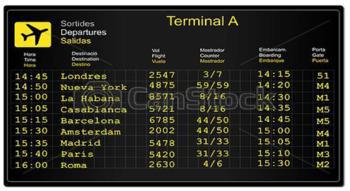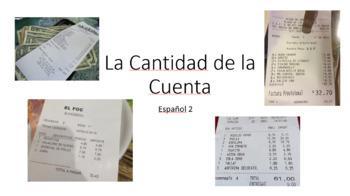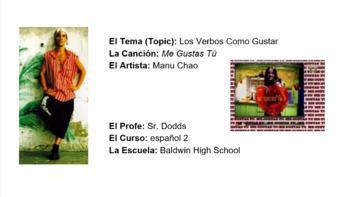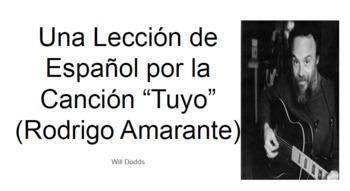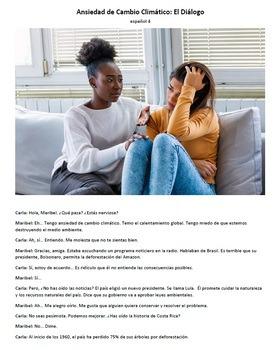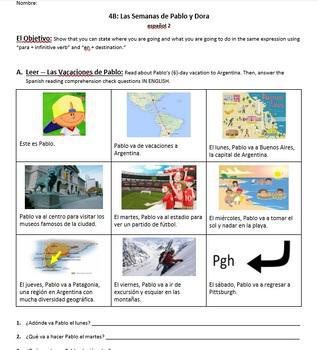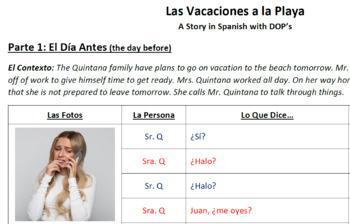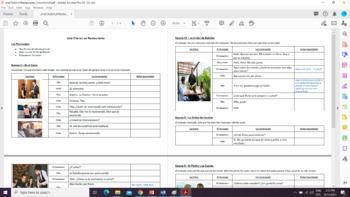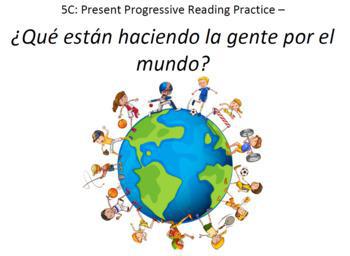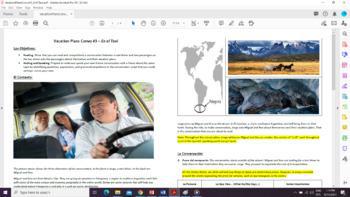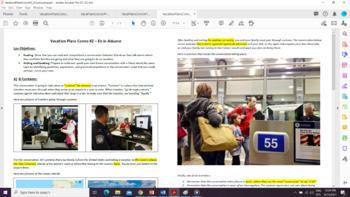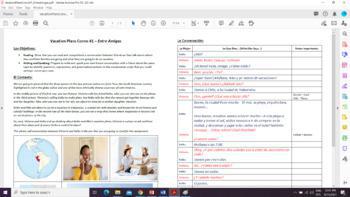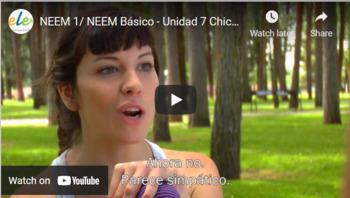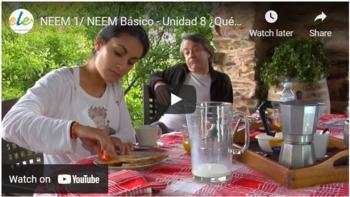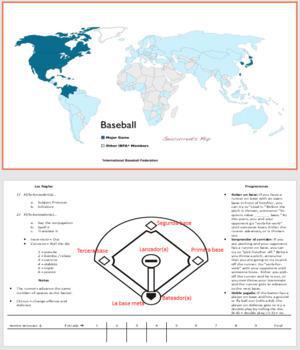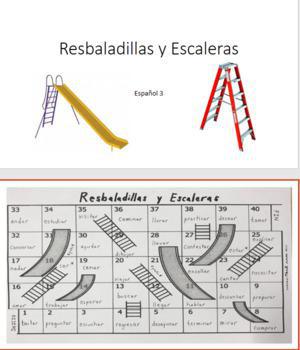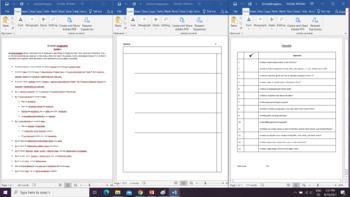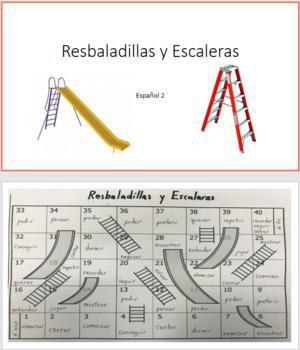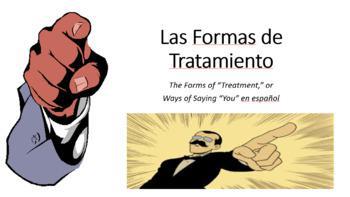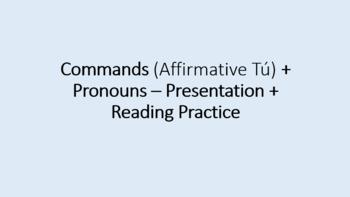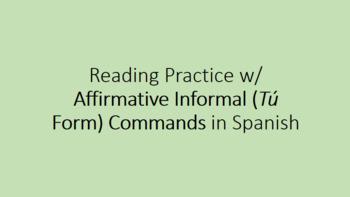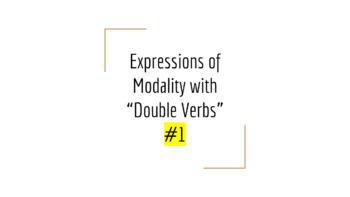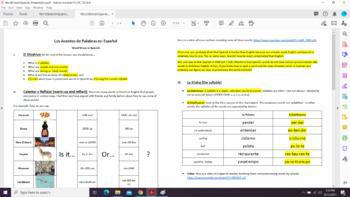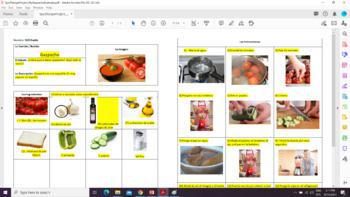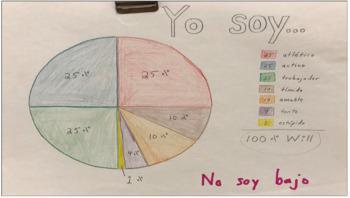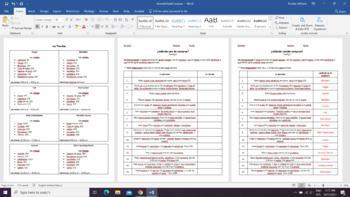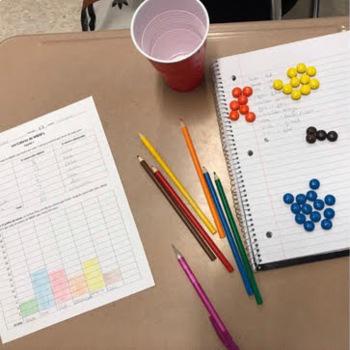

In this section are links to some lessons and mini-units that I have created and used to teach the AP Spanish Language & Culture course in my classroom. The lessons always attempt to achieve one or more of the following objectives:

I like to use skill-based assessments, such as IPA's (integrated performance assessments), to assess students summatively at the end of units. IPA's assess students abilities to operate in the target language in three domains--Interpretive (reading and/or listening comprehension), interpersonal (speaking and/or writing), and presentational (speaking and/or writing)--according to a specific context, or theme.
The IPA's below are assessments that go with the Descubre 1 textbook, 2017 edition, by Vista Higher Learning. The pictures shown below are not mine--They show the text made for the interpretive task by Vista. All the other files that come with the packages that you can access by clicking the links below, however, are created by me.
These are speaking lessons for students in lower level Spanish courses (1 and 2).


My favorite way to provide grammar instruction is the inductive approach. In other words, instead of telling students the grammar rules that you want them to learn, you try to present material for them to read in such a way that they will be prone to detect language patterns and realize the grammar rules on their own. I love that this approach is discovery-based, which I find engages students and helps them remember the content better.
True inductive grammar instruction is not always practical because it can take a long time (probing and pushing students to figure something out on their own rather than just telling them). I often do tell and explain briefly to students the grammar rule that I want them to learn, but then I have the students spend much more time reading, seeking and identifying examples of the grammar rule in focus in a text, filling charts and graphic organizers to help themselves see the patterns more clearly, etc.
I call these lessons "reading to write." The majority of the work involves reading and analyzing a text, but finishes with a writing-based exit task so that both the student and I can see whether or not he/she was able to detect the grammar pattern and apply it in their own language. Finally, because of the way the lesson is set up, if a student has errors in his/her writing, you can generally track their work backwards to find out which step in the series of reading exercises the student did not complete correctly and is impacting his/her lack of comprehension.

These lessons don't end with a writing-based exit slip, or task, like the lessons above, but they are influenced by the inductive grammar approach in the sense that each one features a grammar pattern (preterite tense, commands, direct object pronouns, etc.) and pushes students to seek and identify these patterns, or rules, in order to strengthen their understanding of them. Each lesson basically follows this format: 1) Reading comprehension + 2) Reading analysis.






